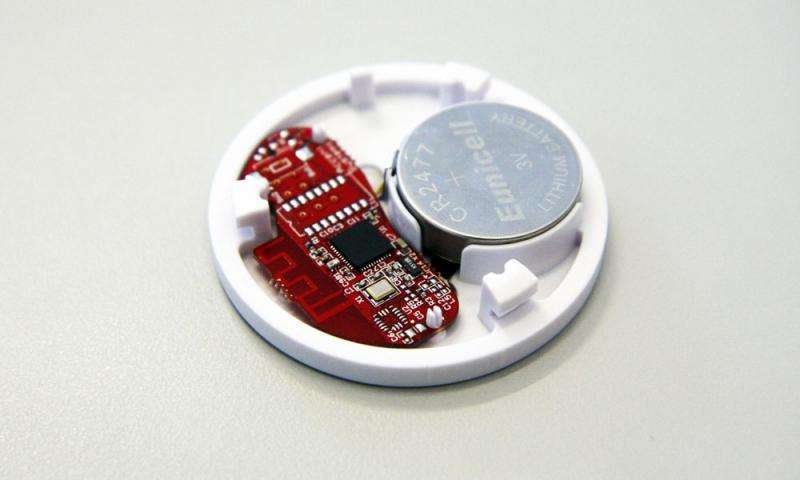Technology to analyze customer behavior in stores

Proximus, a start-up in the Vivero de Empresas del Parque Científico de la Universidad Carlos III de Madrid (UC3M Science Park Business Incubator), has developed technology for creating a map of shopper behavior in supermarkets using a chip that is built into shopping carts and baskets.
Among other things, this new system can determine if the customer pays attention to special offers, which route they take in the store and which products they stop and look at. "In our first test, we realized that clients in a supermarket avoided a certain aisle because the pet food was located too close to the end. When we exchanged the pet food for muffins, people went down that aisle again and the cross-sales of breakfast foods skyrocketed," says Jorge Bueno, CEO of Proximus.
The sensors installed in carts and baskets emit a short-wave signal via Bluetooth to a set of receivers located in the ceiling; these send the information to a cloud server. In this way, it is possible to track each shopper's position and the amount of time they stay in one place, giving information in real time about the section of the store where the most people are or how fast the check-out lines are moving, for example. All of the information that the system generates is accessible on a web page with a flow diagram analyzing the movement of carts within the store and heat maps with specific information regarding the traffic in each section of the store. "More than thirty parameters of customer behavior are analyzed,"says Bueno.
This tool uses techniques from the field of robotics to analyze the position and behavior of users inside stores and large commercial establishments. Thanks to its own interior positioning algorithm and its Big Data motor, Proximus enables users to determine metrics in order to improve marketing campaigns. "We are focused on providing new information to these chains so that they can improve their strategic decisions on a daily basis, physically in their stores. This is like Google Analytics for physical space," explains Bueno.
In addition, Proximus has a system of notifications to alert users when it detects unforeseen events. "While the analytics are designed to help a store manager see the current state of the supermarket, the notifications allow managers to maintain control over their businesses without having to stare at the screen all of the time, because the alarm will be activated whenever it detects a specific anomaly," the company explains.
Future plans
The system has already been tested in Carrefour and Proximus is working with some of the most important retail chains in Europe. In addition, they have just signed an agreement with Unilever in Singapore to monitor the brand in supermarkets there.
After being the first Spanish start-up to go through the prestigious business accelerator Techstars, they received €300,000 in financing to expand their business plan. As part of this growth policy, they plan to open an office in the United States next year.
Proximus got its start in the Vivero de Empresas del Parque Científico (Science Park Business Incubator) as a result of its participation in UC3M's Ideas Contest (Concurso de Ideas UC3M) for the creation of innovative, tech-based companies. There, they received help in developing their business plan and received advising services that the Park offers in order to convert entrepreneurial initiatives based on UC3M technology and innovation into viable businesses that add value to the area's economic development.
Provided by Carlos III University of Madrid




















